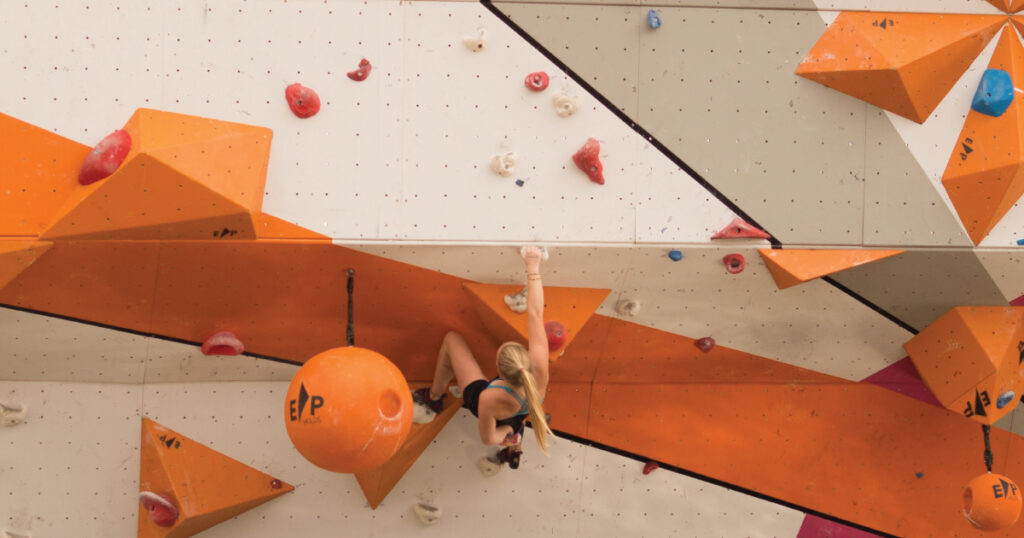KletterRetter Blog
Advanced bouldering techniques
In the previous articles, we covered the basics of bouldering and overcoming mental challenges. Now it’s time to push your limits and explore advanced techniques that will elevate your gym climbing experience.
Dynos and dynamic movements: Dynamic movements like dynos (jumps) add excitement and variety to bouldering. Start with small jumps, and perhaps even practice “static” movements where your feet briefly touch the wall as you “jump”. Over time, you can progress to larger dynos and more dynamic movements. Always be mindful of your surroundings in case of a fall.
Heel and toe hooks: Mastering heel hooks and toe hooks can help you tackle overhangs and tricky holds. Learn the nuances of these advanced techniques to gain better control on the wall. In the beginning, apply heel hooks and toe hooks in routes where they aren’t essential, in order to become familiar with them. With time and practice, these techniques will become almost second nature. Observe how other climbers use these techniques to learn from their experiences.
Campusing: Campusing involves climbing without using your feet on the holds. It’s a powerful technique that demands upper body strength and coordination. You can practice campusing on a regular wall or on a campus board. However, ensure that an experienced trainer or climber guides you on the best training methods to avoid injuries.
By incorporating these advanced techniques into your repertoire and consistently challenging yourself, you’ll notice rapid improvements in your climbing abilities. Remember that consistency and perseverance are key to becoming a better climber.
We hope you’ve enjoyed this three-part series on bouldering. Now it’s time to hit the wall and put these tips and tricks into practice. Happy bouldering!



